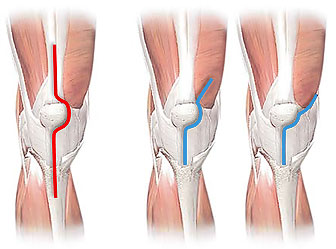Osteoporosis or bone health that causes bones to become feeble and stiff — so hard that a reduction or even minor strains like twisting over or coughing can cause breakage. Osteoporosis-associated breakages most frequently happen in the hip, wrist or backbone.
Bone involves a living tissue that is continually being wrecked down and replaced. Osteoporosis happens when the formation of new bone doesn’t sustain with the elimination of old bone.
Osteoporosis distresses men and women of all ages. But white and Asian women — particularly older women who are older menopause that involves at highest risk. Medicines, healthy diet and weight-bearing workout can assist stop bone loss or fortify already fragile bones.
Signs and symptoms
The bone damage that promotes to osteoporosis grows slowly. There are no signs or visible symptoms, and an individual might not know they have it until they experience a breakage after a small accident, such as a reduction, or although a cough or sneeze.
Usually infected areas are the hip, a wrist, or backbone spines.
Disruptions in the backbone can promote to variations instance, condescend, and curving of the spine.
When to visit a doctor?
Consult Dr. L Tomar who is well-known Osteoporosis surgeon and if you are already gone through primary menopause or procured corticosteroids for more than a few months at a time, or if either of your parents had suffered from hip breakages.
Treatment has a primary intention to:
- Slow or stop the growth of osteoporosis
- Sustain healthy bone mineral density and bone mass
- Stops breakages
- Diminish pain
- Increases the person’s ability to carry on with their day-to-day life
This treatment is completed with the help of protective way of life along with the intake of medications.
Prevention
Several fluctuations to your living can reduce the risk of osteoporosis.
Calcium and vitamin D
Calcium is vital for bones and making sure adequate calcium consumption is essential.
Dairy provides a better source of calcium and can aid to evade osteoporosis.
Adults who have age 19 years and above must take an intake of 1,000 milligrams (mg) every day. Women aged 51 years and above, and all adults from 71 years must take daily consumption of 1,200 mg.
Dietary sources are desirable and comprise:
- Dairy products, like milk, cheese, and yogurt
- Green leafy vegetables, such as kale and broccoli
- Fish with soft bones, like tinned salmon and tuna
- refreshed breakfast cereals
If an individual’s nutritional consumption is not sufficient, supplements are a good choice.
Vitamin D plays a significant function, as it assists the body to engross calcium. Dietary sources comprise of refreshed foods, saltwater fish, and liver.
Thus, many Vitamins D don’t produce from food but from sun exposure, hence consistent, daily exposure to sunlight is suggested.



